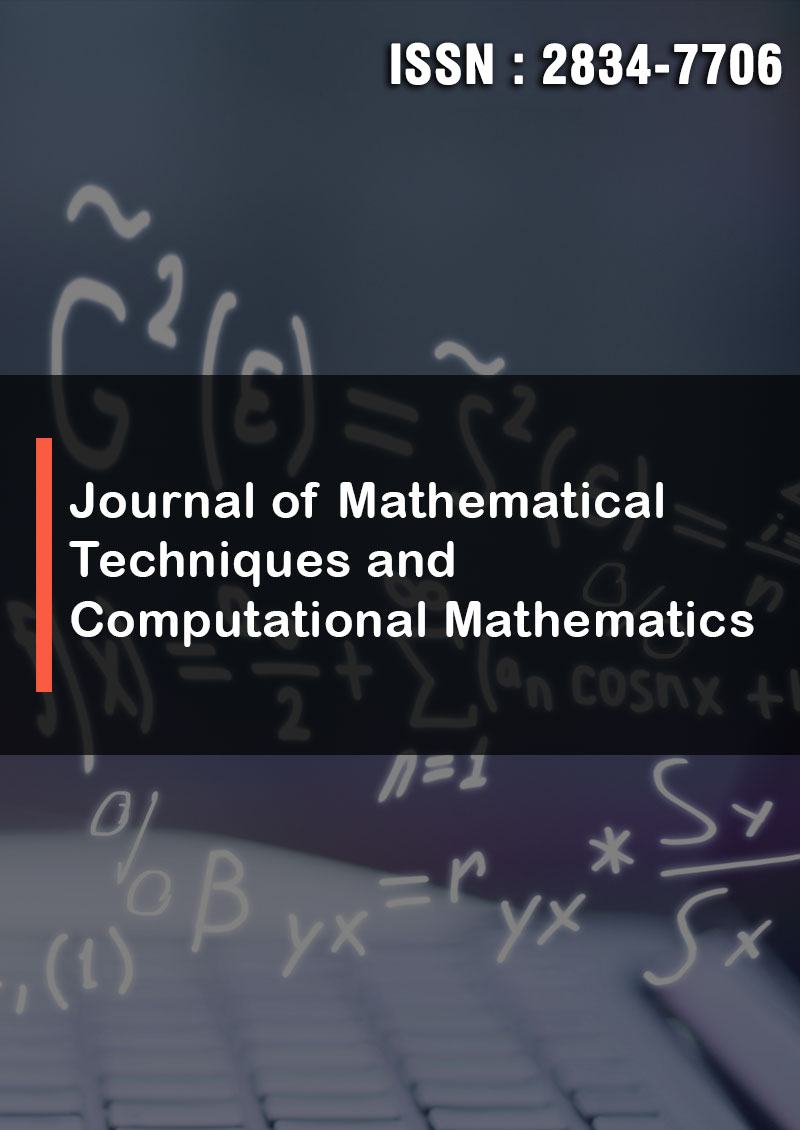Efficient Implementation of an Accurate Algebraic Scheme for Sharp Interface Advection in Multiphase Flows
Abstract
Mehran Sharifi
This study presents an efficient algebraic scheme known as MULES for sharp interface advection, verified against various schemes including first-order upwind, second-order central, van Leer flux limiter, and Geometric Volume-of-Fluid (VOF). Two problems involving a droplet in a two-dimensional (2D) vortex and a stationary droplet were examined. The model assessed the effects of the Interface Compression (IC) coefficient, ranging from 0 to 2, analyzing parameters such as Interface Advection Error (IAE) and Mass Conservation Error (MCE). Results indicated that increasing IC values enhanced interface tracking accuracy but introduced non-physical instabilities at higher values, compromising mass conservation. Specifically, the IAE decreased from 4.8% to 3.95% as IC increased from 0 to 2, showing a favorable effect until IC surpassed 1.4, where IAE fluctuated around 4%. Conversely, the MCE rose steeply from 0% to 23.19%, driven by parasitic currents and numerical instabilities. Additionally, MULES and van Leer flux limiter schemes evaluated volume fraction smoothing effects. Initial filtering reduced Dimensionless Pressure Difference (DPD) and Capillary Number (Ca), stabilizing the solution, but excessive filtering reintroduced numerical errors and instabilities. With one filtering step, DPD reduced by 0.23 and Ca dropped significantly by 73.31%, improving solution stability. However, further filtering increased DPD and Ca, reflecting the reintroduction of numerical errors. The maximum velocity of parasitic flow around the droplet initially decreased by almost 75% but increased by 30.92% with excessive filtering. IAE increased from 0.7 to 0.9 with initial filtering, then decreased to 0.63 with additional steps, indicating improved solver performance on smoother interfaces.



